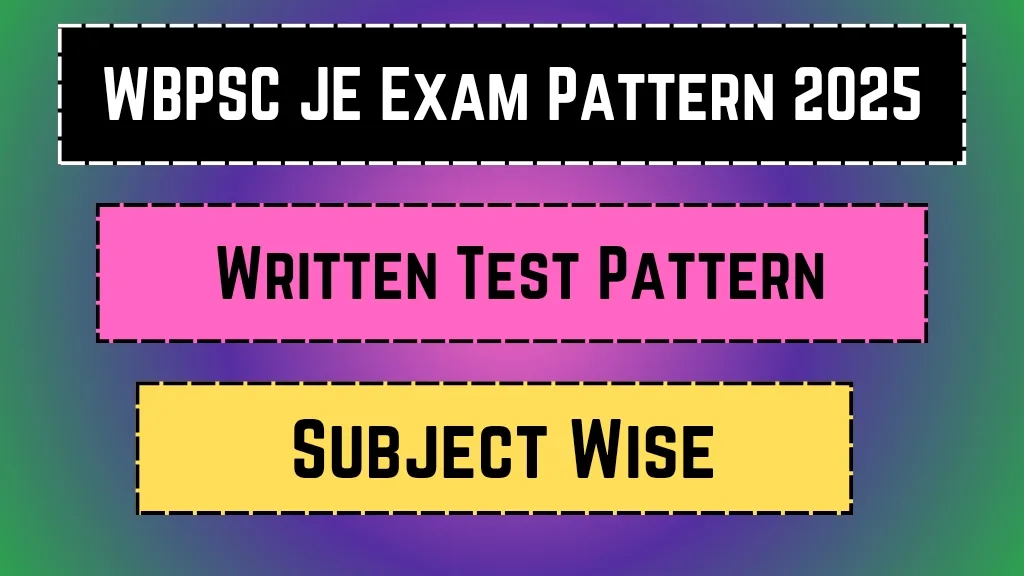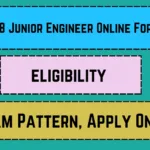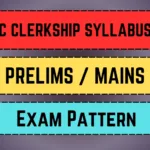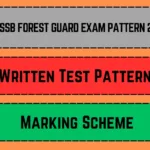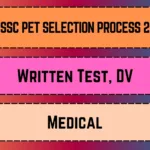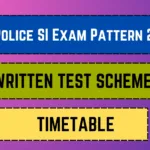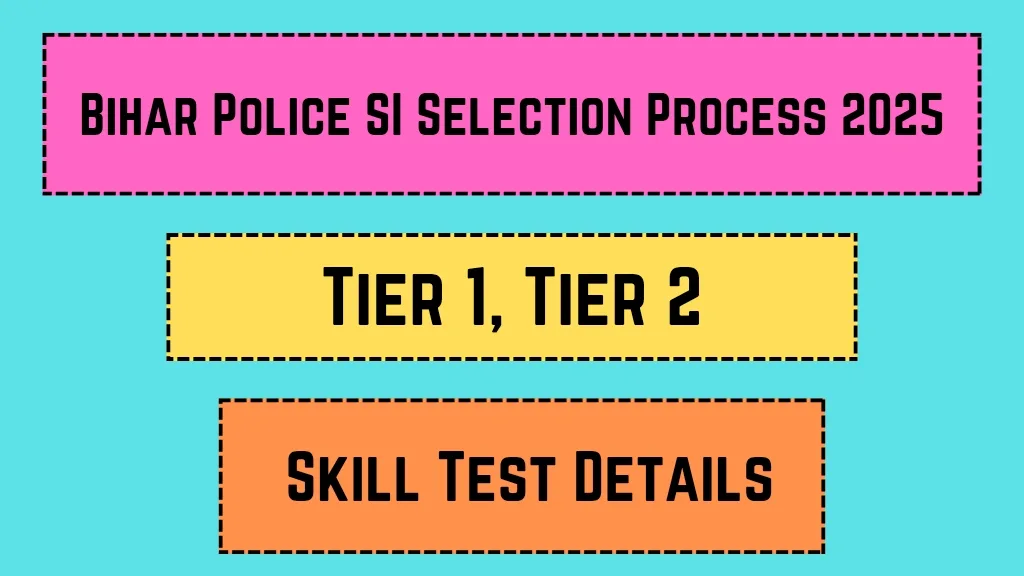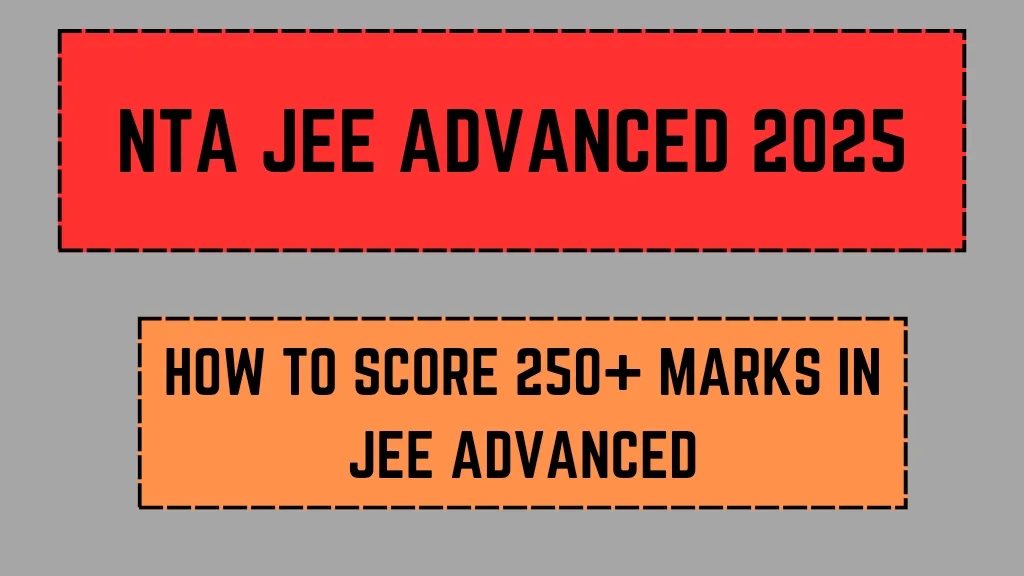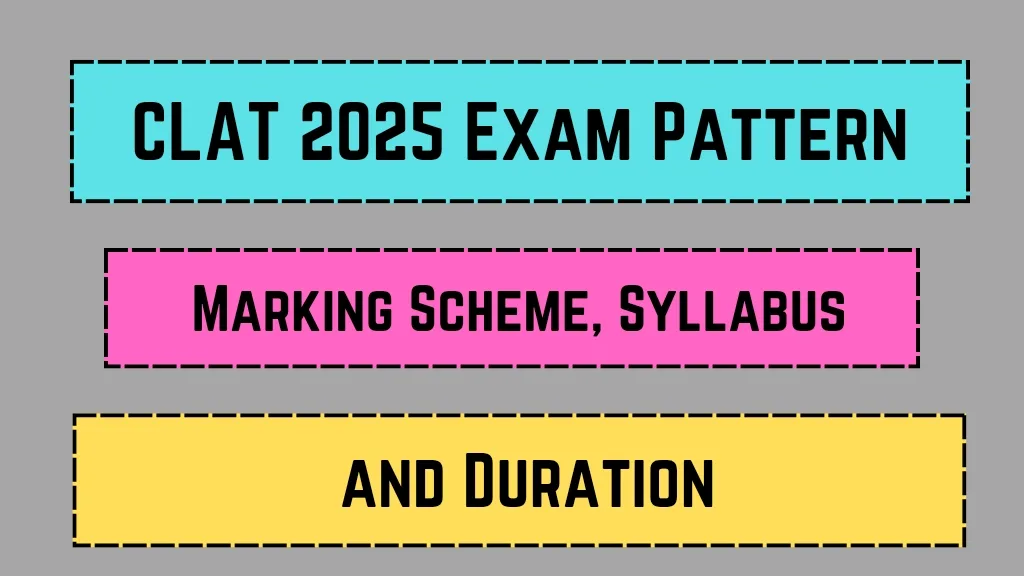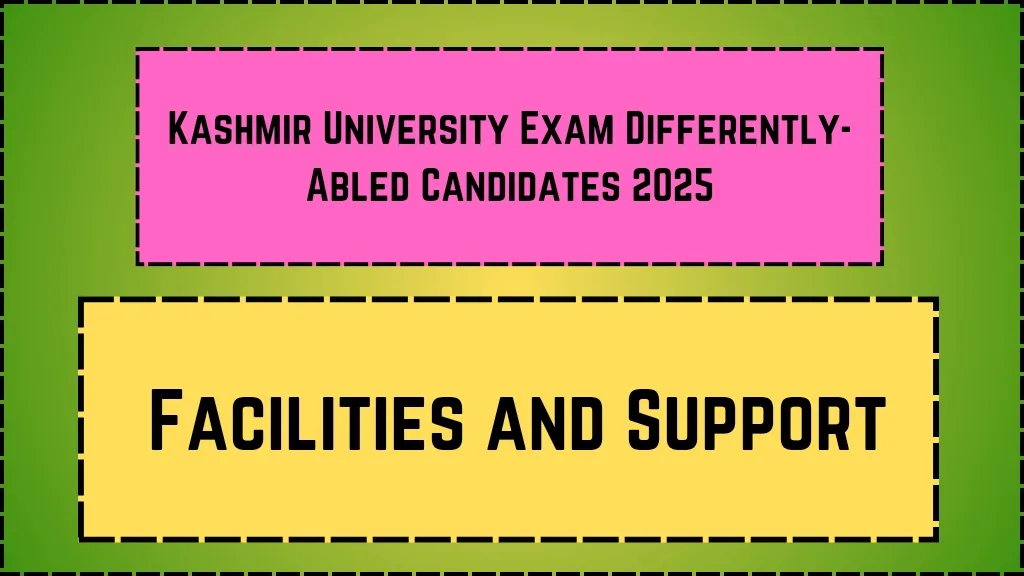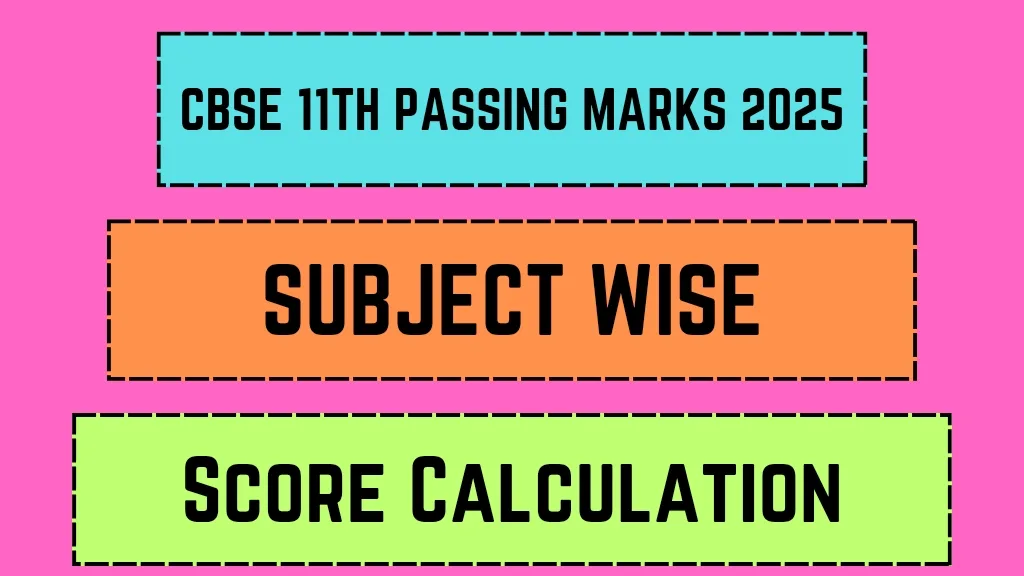Wishing on the journey to become a Junior Engineer with the West Bengal Public Service Commission (WBPSC) is both exciting and challenging. Understanding the exam pattern is crucial for effective preparation. Let’s see into the details of the WBPSC JE Exam Pattern 2025 to set you on the right path.
Key Highlights 🗝️
| Aspect | Details |
|---|---|
| Organization Name | West Bengal Public Service Commission (WBPSC) |
| Post Name | Junior Engineer (Civil/Mechanical/Electrical) |
| Exam Mode | Offline |
| Total Marks | Written Exam: 200Interview: 100 |
| Exam Duration | 2 hours |
| Negative Marking | Yes, 2/3 mark deducted for each wrong answer |
| Selection Process | Written Examination followed by Interview |
| Official Website | https://psc.wb.gov.in/ |
Understanding the WBPSC JE Selection Process 🛡️
The selection journey for the WBPSC Junior Engineer position comprises two pivotal stages:
- Written Examination: This objective-type test evaluates candidates on their chosen engineering discipline—Civil, Mechanical, or Electrical. The exam consists of 100 multiple-choice questions, each carrying 2 marks, totaling 200 marks. A duration of 2 hours is allotted for this exam. Notably, there is a penalty for incorrect answers, with 2/3 mark deducted per wrong response. Source
- Interview: Candidates who successfully clear the written examination are invited for an interview, which carries 100 marks. The final merit list is formulated based on the combined scores from both the written exam and the interview. Source
Detailed Exam Pattern for WBPSC JE 2025 📝
| Exam Component | Details |
|---|---|
| Subjects | Engineering Discipline-specific (Civil/Mechanical/Electrical) |
| Question Type | Objective Type Multiple Choice Questions (MCQs) |
| Number of Questions | 100 |
| Marks per Question | 2 |
| Total Marks | 200 |
| Exam Duration | 2 hours |
| Negative Marking | 2/3 mark deducted for each incorrect answer |
| Interview Marks | 100 |
Syllabus Breakdown by Engineering Discipline 📚
Civil Engineering:
- Strength of Materials: Concepts of stress, strain, and elasticity.
- Theory of Structures: Analysis of concrete, steel, and timber structures.
- Construction Materials and Practice: Study of various building materials and construction techniques.
- Field Surveying: Techniques and instruments used in land surveying.
- Estimating, Costing, and Contracts: Methods for project estimation and understanding contract laws.
- Public Health Engineering: Water supply and sanitary engineering fundamentals.
- Irrigation: Principles and methods of irrigation, including hydrology and water requirements.
- Roads & Highways: Design and construction of various types of roads.
- Soil Mechanics & Foundation Engineering: Soil properties and foundation design principles.
- Civil Engineering Drawing: Interpretation and creation of engineering drawings.
Mechanical Engineering:
- Strength of Materials: Analysis of forces and their effects on materials.
- Engineering Mechanics: Fundamentals of mechanics, including work, power, and energy.
- Fluid Mechanics and Machines: Behavior of fluids and the operation of machinery.
- Heat Power: Thermodynamics and heat transfer principles.
- Manufacturing Process: Various manufacturing techniques and processes.
- Machine Tools: Study of tools used in machining and manufacturing.
Electrical Engineering:
- Materials: Properties and applications of conducting, magnetic, and insulating materials.
- Elementary Circuit Analysis: Analysis of DC and AC circuits.
- Measuring Instruments: Instruments used for electrical measurements.
- Power Factor: Importance and improvement techniques.
- Motors and Transformers: Principles and types of electrical machines.
- Overhead Line and Cables: Design and maintenance of power transmission lines.
- Protective Devices: Circuit breakers, fuses, and protection systems.
- Earthing: Methods and importance of grounding in electrical systems.
- Design and Estimating: Planning and costing of electrical installations.
- Battery: Types, maintenance, and applications.
- Power Generation: Conventional and non-conventional methods.
- Electronics: Basic electronic components and circuits.
- Oscillator: Types and applications.
- Conservation of Energy: Energy-saving techniques and policies.
Insights from Experts 🎓
Dr. Anil Kumar, a renowned educator in engineering exam coaching, emphasizes, “Understanding the exam pattern is half the battle won. Aspirants should tailor their study plans to align with the specific requirements of the WBPSC JE exam.”
Ms. Priya Sharma, a successful WBPSC JE qualifier, shares, “Time management during the exam is crucial. Practicing with previous years’ papers helped me gauge the pattern and improve my speed and accuracy.”
Preparation Tips and Strategies 🛠️
- Understand the Syllabus: Familiarize yourself with the detailed syllabus of your chosen engineering discipline to ensure comprehensive coverage of topics.
- Practice Regularly: Solve previous years’ question papers and take mock tests to build confidence and improve time management skills.
- Focus on Weak Areas: Identify and strengthen areas where you are less confident to ensure a balanced preparation.
- Stay Updated: Keep abreast of any changes in the exam pattern or syllabus by regularly checking the official WBPSC website.
- Health is Wealth: Maintain a healthy lifestyle with adequate rest and nutrition to ensure optimal performance during preparation and on exam day.
Embarking on the WBPSC JE journey requires dedication, strategic planning, and a thorough understanding of the exam pattern. By aligning your preparation with the insights and strategies discussed, you position yourself for success in this competitive examination. Best of luck!
Pooja Gupta is an education consultant specializing in exam results and admit cards. With a Master’s in Education and 6+ years of experience, Pooja loves helping students achieve their goals. She enjoys reading and practicing meditation.

